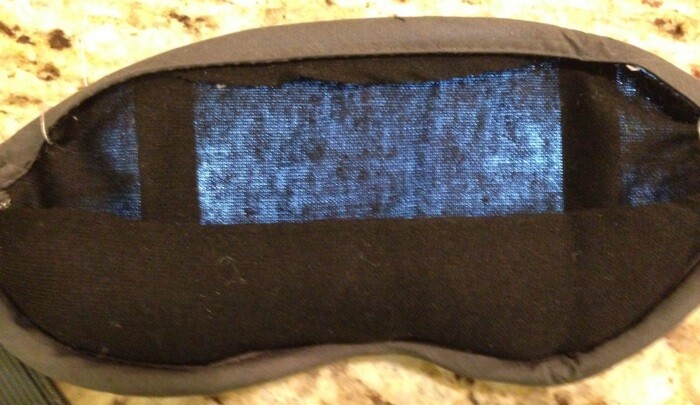The idea of being artificially woken up by a fake sunrise isn't a new one, with a range of sunrise alarm clocks available to buy. These include the Philips Wake-Up Light, Pure Twilight, and the Aurora Wake-Up Light from UnikkoNordic. However, using the same method for a sleeping mask is a new twist – and it's exactly what the team of engineers behind Napwell have done.
Napwell is a normal sleeping mask with two important additions which turn it into something altogether more useful. First, a timer on the front can be set to wake you up after a certain amount of time. Then, the diffuse LED lighting system on the inside of the mask kicks in, gradually getting brighter until you rouse from sleep.
The main thrust behind the development of Napwell was a desire to lessen the effect of sleep inertia, which affects us if we wake from a nap too suddenly. This causes that groggy feeling that can last up to an hour after even the briefest of naps. The lighting system built into Napwell wakes you more naturally, simulating the way a sunrise wakes you. The whole thing is powered by a battery that lasts up to one year before needing to be replaced.

The claim that Napwell is the first such mask to be developed is a little disingenuous, as the LUMI Mask was successfully funded in 2011 and was designed to work in exactly the same way. However, according to the comments left on its Kickstarter campaign page, some backers don't appear to have ever received their masks, and some of the lucky ones who did were unhappy with the quality of the final product.
The production of Napwell is currently being funded via a Kickstarter campaign, with a pledge of US$50 being enough to secure one of the masks (assuming the makers deliver on their promises). Higher pledges can buy you the chance to be a beta tester and help mold the final product before manufacturing begins.
The campaign video embedded below shows the Napwell being used. It also features one of the creators explaining the science behind the product, and how it could potentially help you avoid suffering from sleep inertia.
Source: Kickstarter









